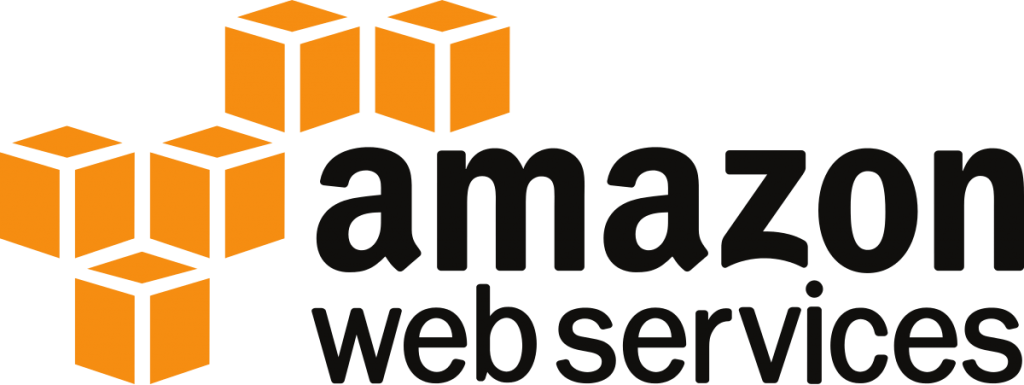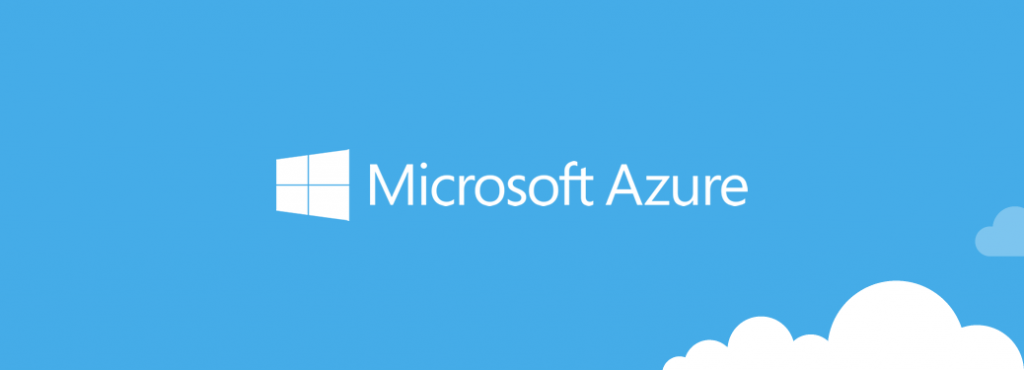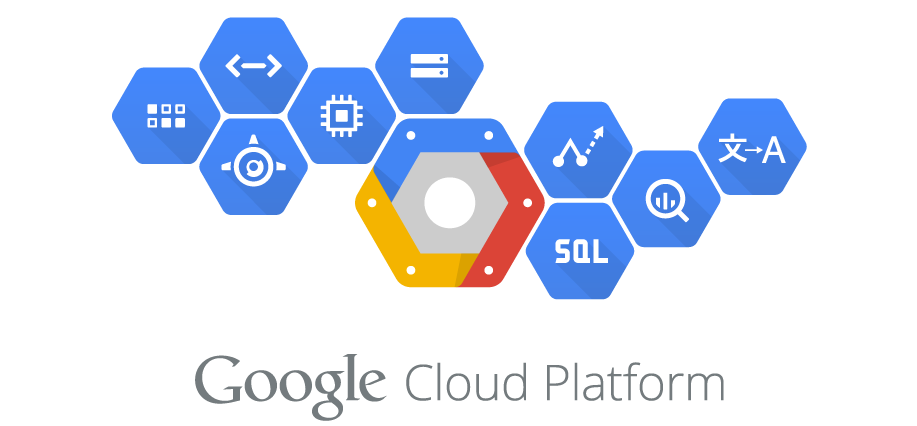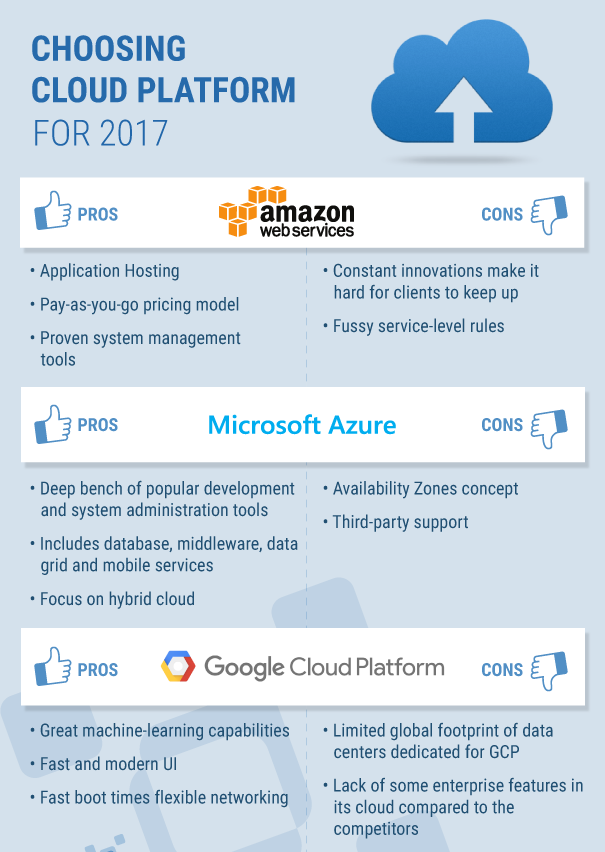 Cloud Platforms
Cloud Platforms
When choosing a cloud platform, business owners and decision makers often look only at the cost, while neglecting many small but essential differences between cloud platforms that may be vital when choosing the best systems for your business. In this article, we go through the three biggest cloud platforms — AWS, Azure and Google Cloud — to see their pros and cons.
There are several new themes emerging in the cloud market based on RightScale’s sixth annual “State of the Cloud Survey”: a narrowing race among public cloud providers, decrease in private cloud adoption, a renewed focus among enterprises on optimizing cloud costs, and strong growth in Docker. More than 1,000 IT professionals were asked about their adoption of cloud infrastructure and related technologies. Forty-eight percent of the respondents represent enterprises with more than 1,000 employees.

Amazon Web Services continues to lead the cloud pack as it delivered a 2016 operating profit of $3.1 billion on revenue of $12.22 billion, up from $7.88 billion in 2015.
While analysts fret about Amazon’s e-commerce business and growth ahead, you need to realize that AWS is the profit engine.
To wit:
AWS’ 2016 operating income was $3.11 billion on revenue of $12.22 billion
AWS’ annual operating profit margin was more than 25 percent
Amazon’s North American e-commerce operating margin was 2.95 percent
Amazon groups its Infrastructure as service offerings into the four categories: Compute, Storage and Content Delivery, Database, and Networking. All of those resources are used subject to Amazon’s security and identity services, which include Amazon hosted Active Directory, AWS Identity Management, AWS Certificate manager for managing SSL/TLS certificates, and even hardware-based key storage and management through AWS CloudHSM. You can monitor your infrastructure resource usage through management tools like Amazon CloudWatch, AWS Cloudtrail for tracking user activity and API usage, and AWS Config for tracking resource inventory and changes.
In our AWS vs. Azure vs. Google discussion, AWS’s granular pay-as-you-go pricing model has its advantages over competitors for short-term computing needs, but can be complicated and potentially expensive if used inefficiently. In the AWS vs. Azure pricing discussion, we discussed how Amazon has many discount options, such as reserved and spot instances, but figuring out exactly how much of those to buy can be tricky.
AWS is constantly innovating, which is a good thing for the industry, but that can make it difficult for customers to keep up with all the changes. AWS also has some finicky rules about service-level agreements – for example, workloads must be backed up across two Availability Zones to get credit for an SLA, and that can be an added cost. Despite all these challenges, AWS has emerged as the “safe choice” for using the cloud.
AWS and Google both offer application hostings as a part of AWS Elastic Beanstalk and Google App Engine for your Desktop, Android and iOS needs. These systems have both proven to be effective for both startups and big enterprises.
Pros
• Application Hosting
• Pay-as-you-go pricing model
• Proven system management tools
Cons
• Constant innovations make it hard for clients to keep up
• Fussy service-level rules
Microsoft Azure
 management. For example, some of the available tools allow virtual
management. For example, some of the available tools allow virtual
Microsoft Azure began as an application development platform as a service (PaaS), but has grown into a wide range of integrated IaaS, PaaS and SaaS services. Perhaps Microsoft’s biggest advantage in the cloud is that it has strong relationships with so many enterprises. As customers migrate to the Office 365 SaaS platform, for example, Microsoft will offer discounted use of IaaS virtual machines and storage as part of the Enterprise Agreement.
In terms of their features and functionality, Azure is very close to AWS. Its compute offerings span from Windows and Linux virtual machines to an Azure Container Service to a serverless platform named Functions, along with a Batch processing service and Service Fabric, which is a platform for linking microservices-based applications. Microsoft has a variety of storage offerings too, from its Blob object storage service to its persistent Disk storage for VMs. Azure has multiple database offerings, including managed relational SQL databases and the DocumentDB NoSQL database, as well as data management tools such as its Data Factory and Redis Cache platforms. Azure has its own IoT platform, security and access management platforms, developer tools and monitoring and management products.
Microsoft is attempting to differentiate itself from AWS by focusing on hybrid cloud computing. It shows great performance in this regard, which places Azure above its competition. To this end, Microsoft has Azure Stack, which is meant to be an on-premises version of the Azure public cloud that customers can run on hyper converged infrastructure in their own data center.
Azure, however, is ideal for running Microsoft-based workloads, or a public cloud component of existing Microsoft applications. The financial incentives the company provides to customers with a Microsoft EA can include free Azure credits for using the platform.
In the AWS vs. Azure feature comparison, we discovered that a big issue is the lack of concept of Availability Zones in Amazon. So while Microsoft has a broad and growing international data center footprint, backing up workloads across regions is slightly more difficult in Azure vs. AWS. It’s more difficult to find consultants, experts and third-party platforms that run on Azure. It is also a big disadvantage for custom solutions built on this platform.
Pros
Deep bench of popular development and system administration tools
Includes database, middleware, data grid and mobile services
Focus on hybrid cloud
Cons
Availability Zones concept
Third-party support
Google Cloud Platform

Like Microsoft Azure, Google’s cloud began as a PaaS, but has since expanded to IaaS. Today, it has most of the core features needed to run enterprise workloads, and analysts say it excels at certain specific-use cases, particularly around using application containers, big data management and machine learning. The company has a limited global footprint of data centers dedicated for GCP, but it has ambitious plans to increase its data centers for its cloud operations in the coming years.
As for features, GCP offers modern and fast UI virtual machines, a container engine and registry, as well as a serverless PaaS named Cloud Functions. It’s got an object Cloud Storage service, Cloud SQL plus Cloud Bigtable and Cloud Datastore, the latter two of which are NoSQL databases. Cloud Spanner is a relatively new, highly scalable relational database service.
For batch and stream processing, GCP offers Cloud Dataflow, Big Query for data lakes and DataProc – a managed Spark and Hadoop service. Google’s TensorFlow is seen as a leading open source machine learning platform, while its Kubernetes service is one of the top container orchestration platforms. Google open-sourced Kubernetes, so it’s available for customers to run wherever they’d like, or as a hosted service in the Google Container Engine (GKE), which is based on Kubernetes.
Like Microsoft, Google has a compelling SaaS strategy to accompany its IaaS and PaaS products, centered around its G Suite of work productivity tools. Instead of enterprise agreement discounts, Google makes its price breaks available through what it calls sustained usage, the idea being that the more a customer uses the cloud platform, the less expensive it becomes per unit of cost. Google also has fast boot times and flexible networking.
Perhaps the biggest knock against Google is that the cloud is still a work in progress. In Gartner’s annual assessment reports, it found that Google had only 70% of the required enterprise features in its cloud. Google understands that, and we can see the improvements already implemented, but a lot more must be done to get ahead in Google cloud vs. AWS 2017. For example, Gartner says that Google doesn’t have as robust role-based access control and user management tools, if you compare AWS and Azure. Google’s IAM platform is in beta after being announced last year, and when it becomes generally available, it will give users more access control options.
In AWS vs. Google comparison, Google also has the longest way to go in terms of reaching out and interacting with enterprise clients. It’s taken AWS almost a decade to build relationships and convince enterprises that it is a trusted partner. This gives Amazon a clear advantage, especially when it comes to its SaaS platform in a Google cloud platform vs AWS “battle”.
The hiring of VMware co-founder Diane Greene in early 2016 has been seen as an indication that the company plans to ramp up its enterprise capabilities. In the meantime, Google is seen as having the strongest platforms for managing large sets of data, and for new application development trends such as the use of containers or advanced machine learning systems.
Pros
Great machine-learning capabilities
Fast and modern UI
Fast boot times flexible networking
Cons
Limited global footprint of data centers dedicated for GCP
Lack of some enterprise features in its cloud compared to the competitors
The following infographic summarizes main Pros and Cons of cloud platforms:

Conclusion
The cloud market is very dynamic. While we have discussed the biggest players, there are smaller players such as Brightbox, a UK-based cloud hosting for teams that insist on 100% uptime, or Codero, On-Demand Hybrid Cloud and Managed Services, that are more dedicated to development of custom solutions, rather than hosting the enterprise infrastructure. You can take a look at our article on Java app deployment in the cloud, where we discuss at one of the practical sides of cloud, and analyze other popular cloud providers.
 Cloud Platforms
Cloud Platforms

 management. For example, some of the available tools allow virtual
management. For example, some of the available tools allow virtual

